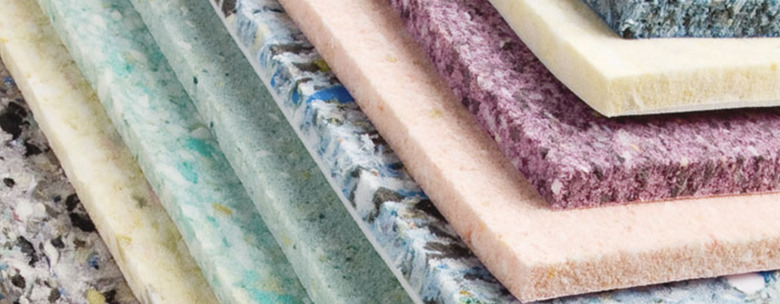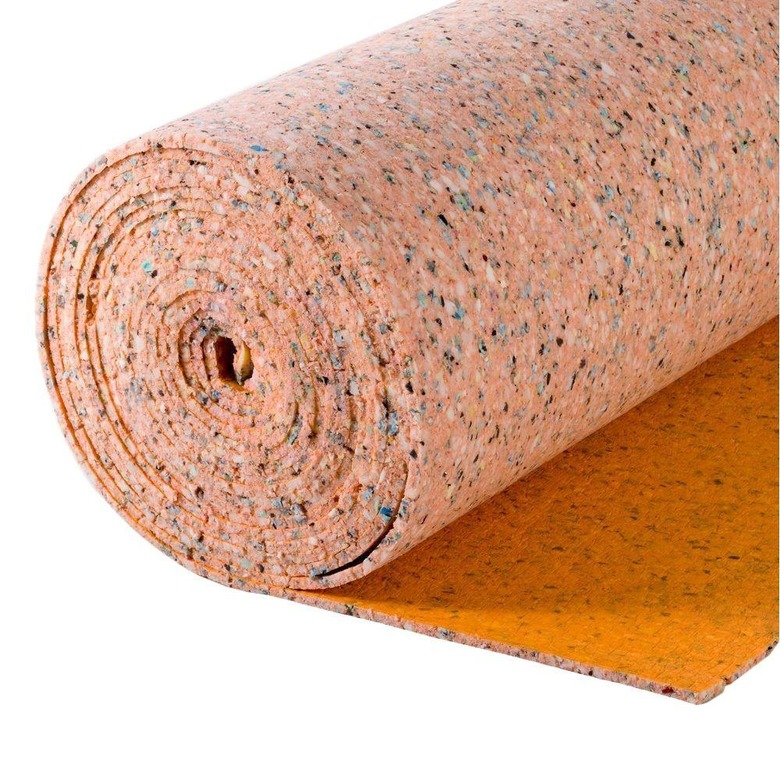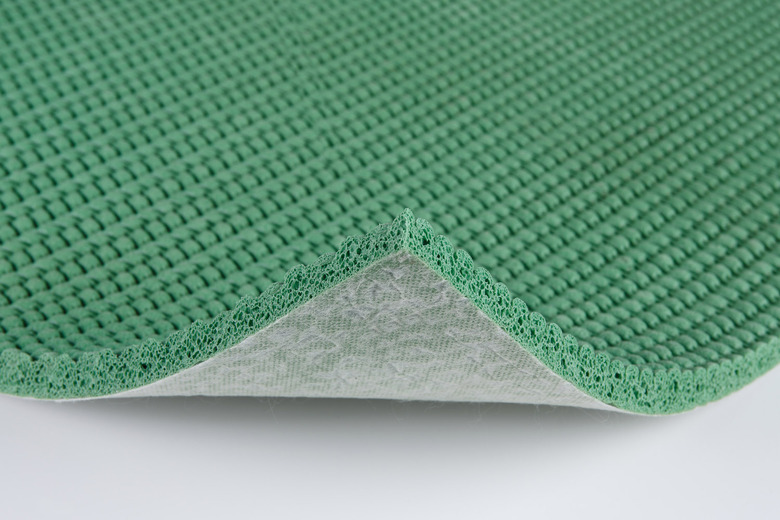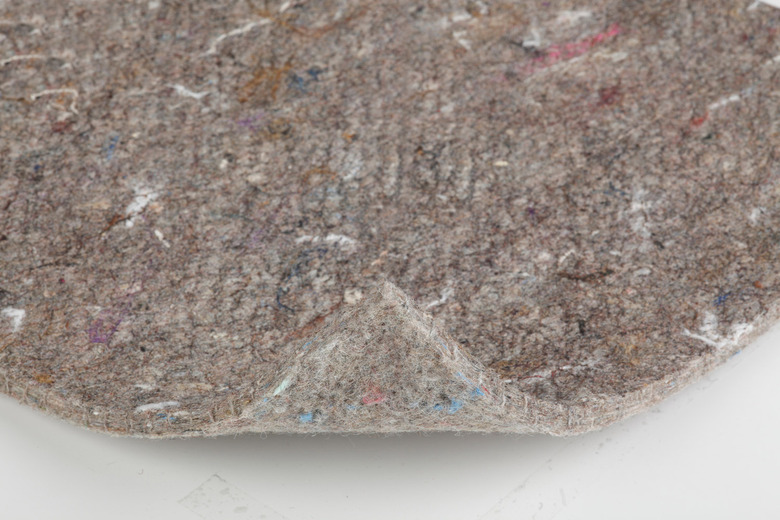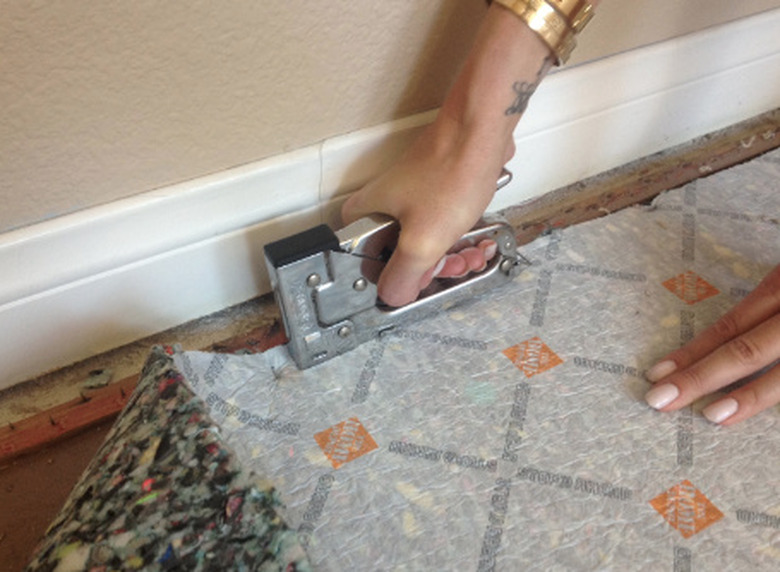Carpet Padding: Types And Installation Methods
The padding under carpeting can make a surprising difference in its feel and durability. It makes the carpeting feel richer and more luxurious, but is also practical, increasing insulation and comfort underfoot and reducing noise. It even makes vacuum cleaning more efficient! Most important, it's the support for the carpet, so a quality carpet must have quality padding. Without it, the backing on the carpet will break down more quickly, increasing pile compaction and pile height loss and speeding up the aging of the carpeting. For this reason, you should install padding that conforms to the recommendations given by the manufacturer of the type of carpeting you've purchased.
The type of padding required, and its thickness, will differ based on the foot traffic in various rooms in your home. You'll need a thinner, firmer padding for family rooms, stairs, entries, halls, and other heavily trafficked areas. Bedrooms, offices, and other areas with light or moderate traffic, meanwhile, can accommodate thicker and softer carpet pad.
Installing the wrong type of padding could have negative effects. The carpeting may wrinkle or buckle, the seams may separate, and its structure can break down faster than it would with the proper padding. Furthermore, it may void the carpet manufacturer's warranty. A premium padding, on the other hand, can make average carpeting feel more luxurious.
Tip
When purchasing padding, keep in mind that since it's not visible, it doesn't need to be matched. Because you can use trimmings to fill gaps, you can buy 15% less square feet than you bought of carpeting.
Material and Density
Material and Density
There's a somewhat bewildering choice of carpet padding materials available, and within those categories you'll also have a choice of density, so we'll discuss these together.
Density is usually measured in pounds (per cubic foot), though you may come across ounces (per square yard). The two measurements can't be compared directly, so don't bother with the mental calisthenics of converting. If instead you find the durability graded as "low traffic," "medium traffic," or "high traffic," just remember: the firmer, the better.
Rebond pad, also called bonded polyurethane or bonded urethane, is often the best choice for padding for homeowners because it's fairly inexpensive but quite durable, as long as you buy one with a good density. You should not get rebond, however, if your carpet warranty stipulates a different type of padding, as this will void it. Rebound pad is manufactured by recycling trimmings of leftover high-density polyurethane or urethane foam from the manufacture of furniture, mattresses, and other industries, chopping them into small pieces, then binding them with a chemical adhesive. Rebond pad comes in a 5- to 10-pound density range. Go with at least 6.5 pounds. For heavily trafficked zones, shell out a little extra for 8-pound density.
A newer rebond is receiving a lot of buzz—Step Ahead Carpet Cushion, with Nike Grind. The shoe manufacturer recycles unused scraps from its manufacturing plants by sending them out to be manufactured into padding.
Frothed foam pad is made of polyurethane chemicals and reinforcing filler frothed together with air during manufacture. It's pricey, but so durable that you can almost certainly reuse it next time you install new carpeting. Purchase frothed foam pad in a density of 12 pounds or more for maximum durability.
Prime polyurethane foam is made by combining two liquid ingredients to form a mass of foam that is sliced into padding. It's a firmer form of the cushioning used to upholster furniture and car seats and make mattresses. This type is better left to low-traffic areas. Select one that's got a density of 3 pounds, minimum.
Flat rubber pad, also known as slab rubber padding, is an exceptional product. It can last through at least two sets of carpet without even seeming to have gotten any use. However, this premium product comes at a premium price. Varied manufacturing processes produce different levels of density and firmness. You'll find a range of 18 to 22 pounds. Choose 21 pounds (100 ounces) or higher.
Waffle rubber pad is made from natural or synthetic rubber and looks like its namesake. It has much the same durability as rebond pad, but usually at a higher price. It's not as durable as slab rubber. The best density choice for waffle rubber pad is 90 ounces, but you can go down to 64 ounces (no lower). This is typically a good choice for homes with radiant heat, but check with the company that manufactured the system to make sure.
Memory foam pad is composed of frothed foam infused with viscoelastic gel. If you've ever slept on a memory foam bed or stood on a memory foam mat, you know it's incredibly comfortable. Same goes with memory foam padding—very comfy under a carpet. But memory foam compresses quite a bit. If it's not firm enough, it may not give the carpet enough support, which can cause premature aging.
Foam pad, also known as urethane foam padding or prime foam, generally has a density of 2 to 5 pounds. Don't be confused by the similar names—it's completely different from frothed foam, and it simply doesn't hold up. The only time it's okay to use is when you don't care whether your carpeting lasts—for example in rental units—or in rooms you don't use much.
Fiber pad is also called synthetic felt, felt pad, or jute. Although you'll find fiber pad with natural fibers, most are synthetic; synthetics are better because natural fibers such as animal hair and jute mold easily. During manufacture, nylon, polyester, polypropylene, and acrylic fibers get needle-punched into a dense pad. Because it's firm and not spongy, this is the perfect support for Berber and other types of carpets with warranties that stipulate fiber pad, but it isn't a good choice for other types of carpeting. Fiber pad is generally a good choice for homes with radiant heat, but check with the company that manufactured the system to make certain. The density of fiber pad is normally rated in ounces, although you may see it in pounds. Choose 30 ounces minimum, with a thickness of 3/8 inch; 40 ounces (7.5 pounds) is ideal.
Padding Thickness
Padding Thickness
In most cases, the ideal thickness of padding is 7/16 inch. Padding more than 1/2 inch thick causes installation problems and is often not durable. The exception to 7/16 inch as the ideal thickness is short-pile and Berber carpeting; these require thinner padding because the give on thick pads can damage them.
What About Moisture Barrier Padding?
What About Moisture Barrier Padding?
Moisture barrier padding costs more, but it can wreak more havoc than conventional padding. Because liquids invariably find their way to seams or areas of damage, this type of padding can actually trap moisture and either cultivate mold or destroy the flooring beneath it. You should definitely never install it in basements. It can also fool you into thinking you've patted dry a spill, because the wet area on the surface of the carpeting is probably much smaller than the liquid that has pooled beneath the carpeting on top of the barrier moisture barrier padding. Stainmaster makes a breathable barrier that may be helpful for people with pets or families with kids.
Costs of Carpet Padding
Costs of Carpet Padding
Carpet padding is typically sold in rolls containing 270 square feet of padding. At one big-box home retailer, recent prices for a roll of carpet padding ranged from $50 ($.19 per square foot) for a recycled foam padding with a density of 5 to about $300 ($1.11 per square foot) for a top-quality memory foam padding with a density of 10. Before opting for low-cost padding, remember that the cost of the padding is usually dwarfed by the cost of the carpeting, and that spending the money on quality padding is usually a good idea. A quality carpet padding will make an average carpet seem better and will make a good carpet perform at its maximum.
Installation
Installation
Installation of carpet padding is pretty easy. Keep in mind that if the padding will have seams once installed, those should be at right angles to the seams in the carpeting.
Begin by repairing and cleaning the floor, if necessary, then remove any doors that may get in the way. Measure and cut tack strips to fit the perimeter of the room, then adhere or nail them down with the points facing the wall, 1/2 inch from the wall. Don't place the tack strips across doorways or thresholds, but do wrap them around the frame. Measure the length of the room, and cut the padding into sections that cover the tack strips. Place down all the sections, making sure the seams don't overlap, then staple or tape together all seams using masking tape that's 2 or 3 inches wide. Staple the padding to the inside edge of the tack strip, placing the staples about 6 inches apart. Finally, use a utility knife to trim off the extra padding so the points are exposed.
